10 Major Benefits of Internet of Things (IoT) on Supply Chain Management
Table of Contents
Internet of Things (IoT)
Supply networks have gotten more complicated over the years, particularly as the amount of deliveries has increased. There may be more than 200 contacts and an average of 25 persons involved in transporting a single product through a supply chain today.
Supply chain managers face a new set of issues due to the complexity of the supply chain and the rising expectations of consumers for speed and efficiency.
There are a wide variety of physical objects and systems that can communicate with one another through the Internet of Things (IoT). To connect IoT devices to personal PCs, Internet or Wi-Fi servers are often utilised.
Helping IoT devices track certain properties of the world around them, such as geolocation, temperature/moisture/light/motion/handling/speed/movement/other external circumstances are monitors in the devices.
Internet of Things (IOT) technology has the potential to revolutionise any major industry, including retail, commuting and banking as well as health care and electricity. The Internet of Things (IoT) exhibits its full and complete capabilities in operations such as supply chain management.
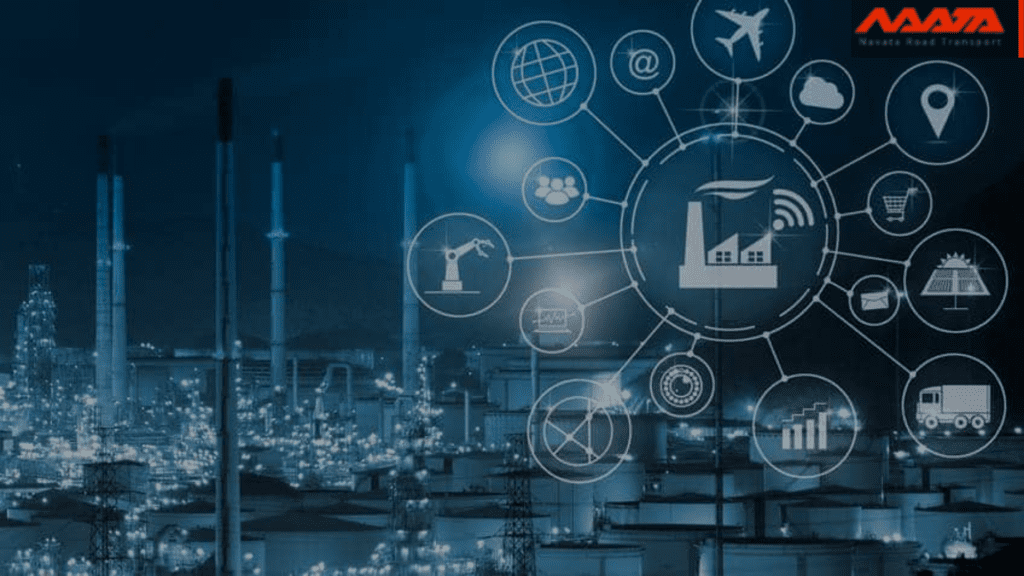
You May Also Like To Read: Emerging Warehouse Automation and It’s Benefits
Benefits of Internet of Things (IoT) on Supply Chain Management
Real-time Location Tracking
Real-time data on the product’s location and transportation environment is provided through the Internet of Things (IoT). As soon as the product has been transported in the incorrect direction, you will be informed and you will be able to track the arrival of ready items and raw materials.
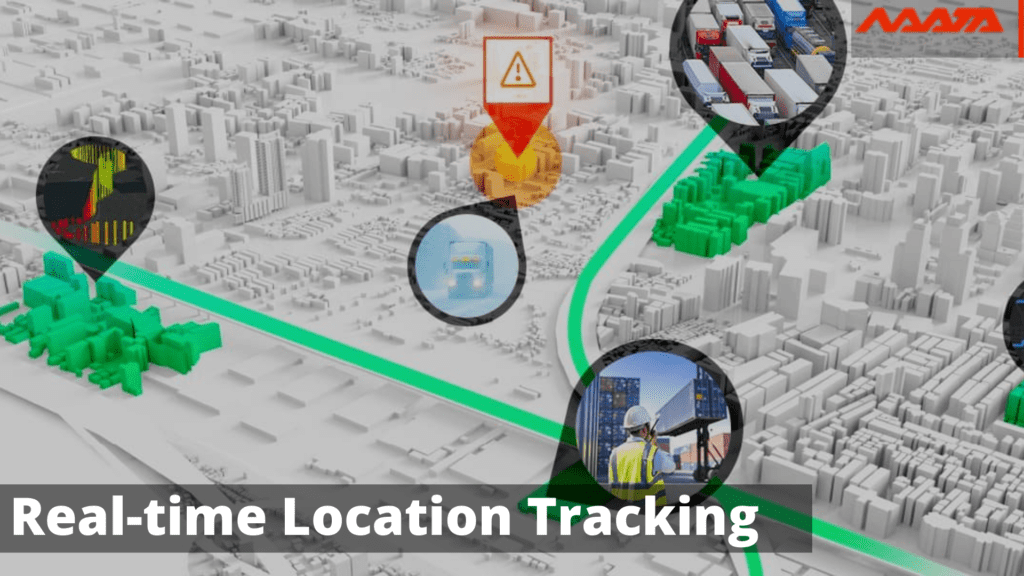
Coping with Ambiguity
Because of the large number of stakeholders, supply chain management has always been a difficult problem to solve. It is impossible to forecast or control the reasons for order delays. Late delivery and supply shortages are typical causes of traffic delays. Using sensor-enabled IoT systems, the position and speed of vehicles can be recorded, and maintenance notifications may be sent.
For perishable goods, temperature stability is critical. With no change in temperature, a week’s supply of fresh veggies may endure, but not if they’re warmed up for only an hour or two. Every year, as much as a third of the food on the planet is lost in transit, according to the United Nations Food and Agriculture Organization. Connected sensing technology based on the Internet of Things (IoT) may reduce waste. A supply chain visibility enabler, it enables stakeholders to communicate important real-time information, reducing disruptions.
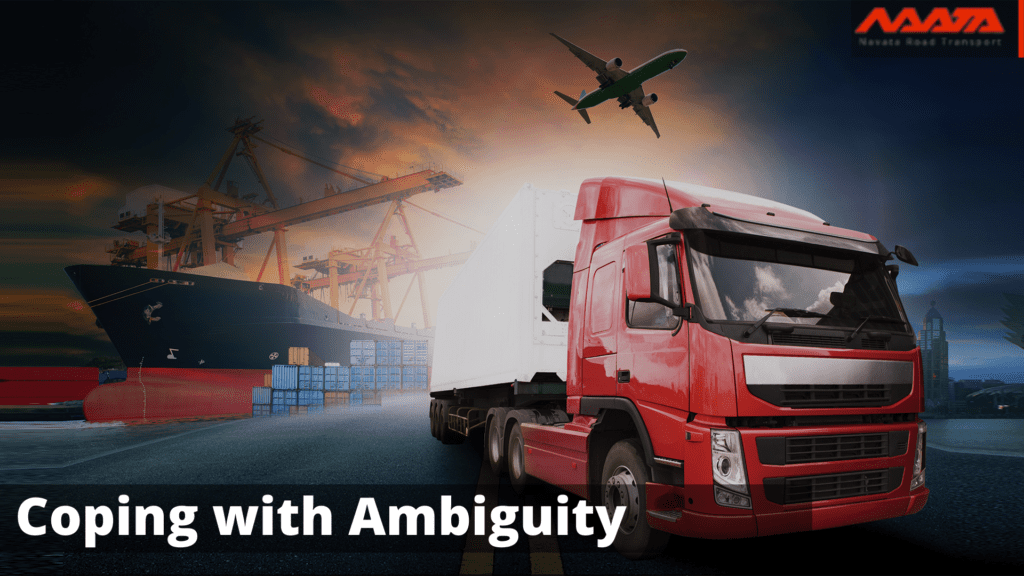
You May Also Like To Read: Artificial Intelligence in Logistics Industry
Demand Prediction
Companies earlier didn’t have the ability to make better judgments since they didn’t have access to smart tools. Increasingly, firms are leveraging their databases and the information they have to create new routes and expand their distribution hubs. There is an efficient flow of items on the shipping routes based on client preferences, purchase history, and even anticipated future purchases. In-store sensors collect this information. Many organisations don’t even bother to collect data from repair shops and manufacturers to gain a better sense of how consumers engage with their goods and what areas of service improvement they need to work on.

Locate Goods In The Warehouse
The usage of IoT-based supply chain management systems is one of the most popular warehouse technology developments at the moment. Warehouse procedures become more efficient, inventory management becomes more accurate, and staff safety is improved. Employees on-site, for example, may simply discover items and quickly travel to the correct aisle for a certain product thanks to real-time location trackers. The Internet of Things makes it possible to maintain a smooth workflow and provide high-quality results that would otherwise be unattainable. In addition, IoT is a stepping stone to complete warehouse automation with little to no human oversight when paired with artificial intelligence.
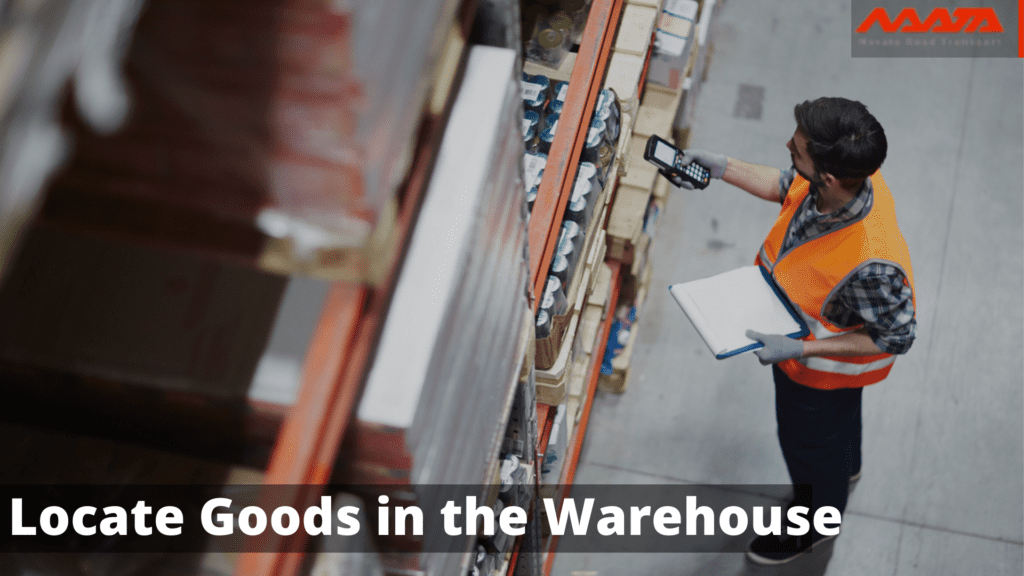
Storage Condition Monitoring
Environmental sensors allow managers to monitor and react to changes in shipping circumstances. One popular IoT supply chain system captures data on vehicle temperature, pressure, humidity, and other conditions that might affect the integrity of the product and prompts automated condition modification.
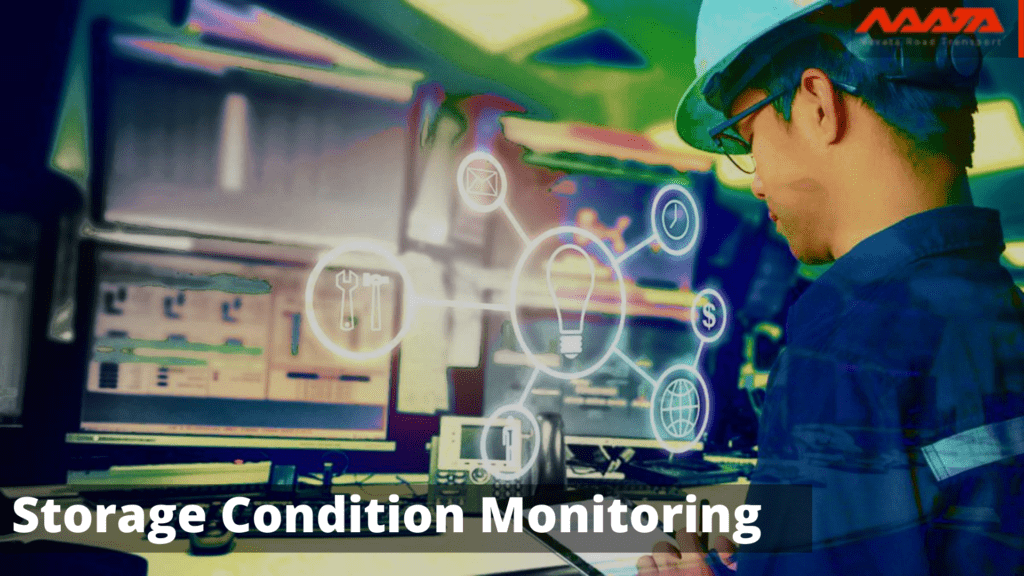
Asset Management
The Internet of Things (IoT) may be used to monitor and manage assets. Managers no longer have to depend on human data entry or conventional inventory devices to keep track of all assets; instead, software can do it automatically. Connected technology, such as sensors, RFID tags, beacons, and smart materials, enables supply chain managers to quickly access crucial information about each delivery, including the contents of the package, storage instructions, and so on.
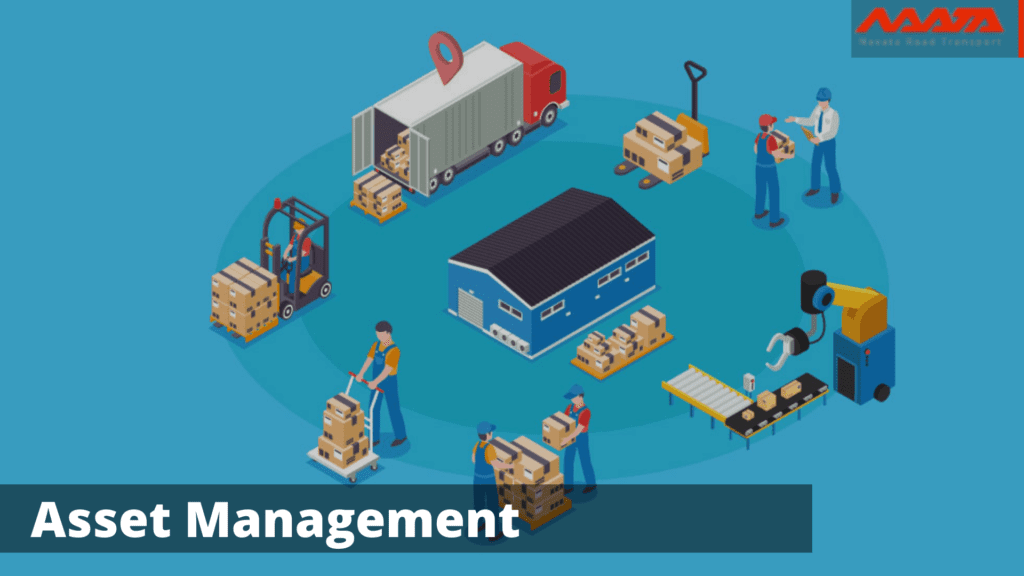
You May Also Like To Read: 7 Best Supply Chain Technology Trends & Innovations
Some ADD-Ons Benefits
Enhanced efficiency
The Internet of Things (IoT) provides a wide range of interconnected technologies targeted towards employees. For example, warehouse workers may utilise smart glasses to easily teach themselves so that they spend less time doing a task.
Internet of Things (IoT) also gathers efficiency-related data and enhances awareness about the distribution of assets and labour resources. Advances in technology have made it easier for supply chain administrators to monitor and control the performance of all parties involved in the supply chain.
Higher accuracy
Closed systems, on the other hand, are slower and more difficult to get into. Cloud-based IoT systems provide all parties participating in the supply chain lifecycle access to pertinent data, allowing them to quickly resolve any problems that may arise in the process. These tools are further supported by online and mobile applications for a wide range of users (such as workers, managers and consumers) who may utilise them in a variety of contexts.
Improved flexibility
IoT helps merchants and supply chain managers determine how many units of each product they should purchase based on precise information on the turnover of commodities. Using the Internet of Things to improve asset monitoring, shipping and navigation decreases the effect of human mistake as well.
Increased speed
Total supply chain performance is boosted by route-planning apps and IoT monitoring systems. A faster decision-making process, elimination of delayed dangers, and an increase in overall productivity may all be achieved via the use of these technologies.
Thanks For Reading: 10 Major Benefits of Internet of Things (IoT) on Supply Chain Management
Powered By 360Presence




